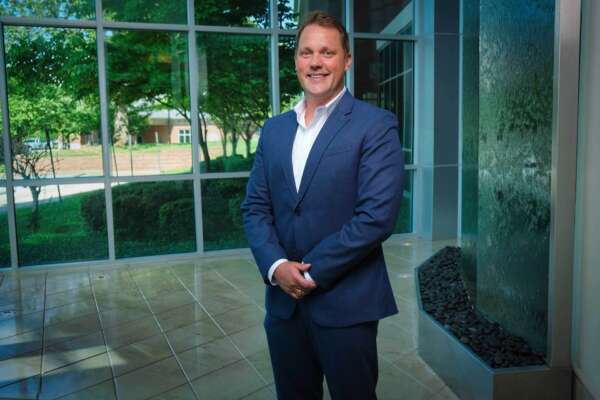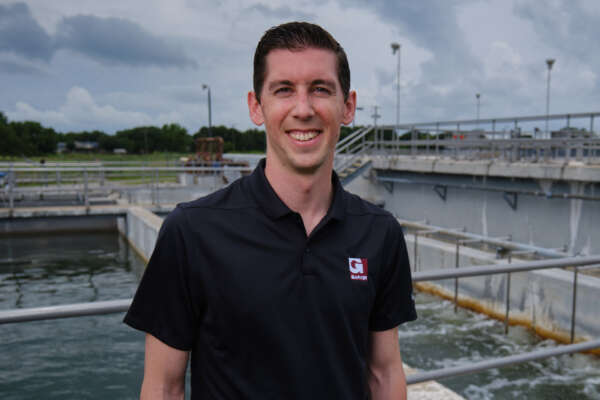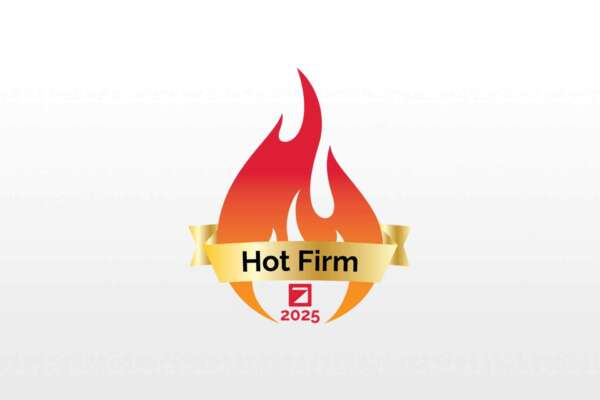U.S. DOE selects research project for Water Resource Recovery Prize

Garver water technologists, chemical engineers from the University of Arkansas, and the City of Norman, Oklahoma are teaming up to enhance an in-progress Garver project for Lake Thunderbird. Already working to create the first indirect potable reuse (IPR) site in the state at the Norman Water Reclamation Facility, this research will consider a novel approach to add resource recovery to the list of benefits to the City’s expanding water reuse program.
The project, led by Garver Water Reuse Practice Leader Michael Watts, PE, Ph.D.; National Wastewater Practice Leader Sean Scuras, PE, Ph.D., BCEE; Associate Professor Lauren Greenlee, Ph.D., and Shelby Foster of the University of Arkansas, was recently selected as a Phase One winner of the Water Resource Recovery Prize from the U.S. Department of Energy. This keeps the project in contention for additional federal funding.
The ongoing IPR project is viewed as one that could pave the way for similar projects across the country in the future, but it does not include resource recovery aspects. So, the team is currently investigating electrochemical technology for recovery of nutrient products, fuel, energy, and water.
“If approached the right way, wastewater can represent a substantial resource that can be better utilized in the future,” Watts said. “Nitrogen and phosphorus can be recovered, recycled, and reused to help our communities while also reducing the costs of nitrogen and phosphorus removal at the Norman Water Reclamation Facility.”
Nitrogen and phosphorus must be removed from the treated water before it is discharged to the lake. The research team proposes to use the electrochemical process to help achieve that goal by transforming those compounds from pollutants into a fertilizer product that can be sold commercially while at the same time generating hydrogen that can be used to generate electricity via a fuel cell.
“When this technology reaches full-scale, it will be a big win for our industry,” Scuras said. “A facility that uses sewage as the raw material and produces commercial fertilizer, hydrogen fuel, and clean water all while protecting the environment and conserving water – that is about as good as it gets.”
To learn more about Garver’s Water Team, visit our Water services page.








Share this article